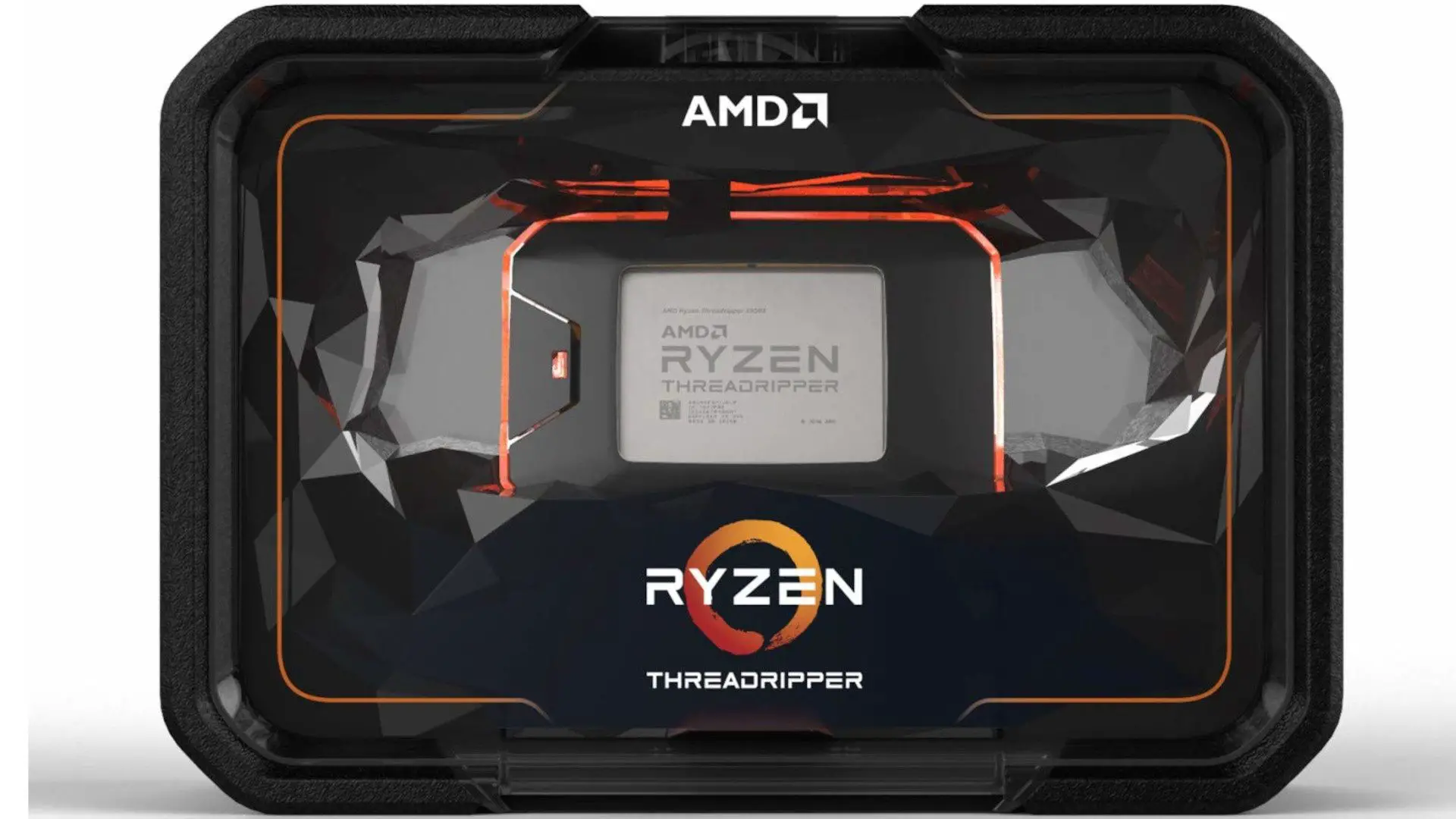The Ryzen Threadripper 2990WX from AMD, which has 32 cores and 64 threads, offers high-end desktop customers the highest computing capability from a single CPU socket. Although it may be on the wish lists of many enthusiasts, the processor’s distinctive architecture leads to subpar performance in many widely used desktop applications. Even among professionals used to paying a premium for workstation technology, the flagship Threadripper’s $1800 price tag makes it a niche offering.
The AMD Ryzen TR 2950X, one of the greatest CPUs for desktop applications, offers 16 cores and 32 threads at a $900(on release) price point, making it definitely a better value proposition for the general public. The only major issue for AMD is the lower price of its own previous-generation Threadripper chips: the 16C/32T Threadripper 1950X sells for $700, while the 12C/24T costs less than $500(on release).
So, should you invest in the AMD Ryzen TR 2950X with its 12nm transistors, reduced memory/cache latency, greater clock rates, and improved multi-core Precision Boost, or should you make a slight concession by purchasing an older Threadripper chip before they permanently vanish from the market? You gain a lot for your money because the 2950X’s features do actually outperform earlier Threadripper models in terms of performance.
AMD Ryzen TR 2950X Specifications
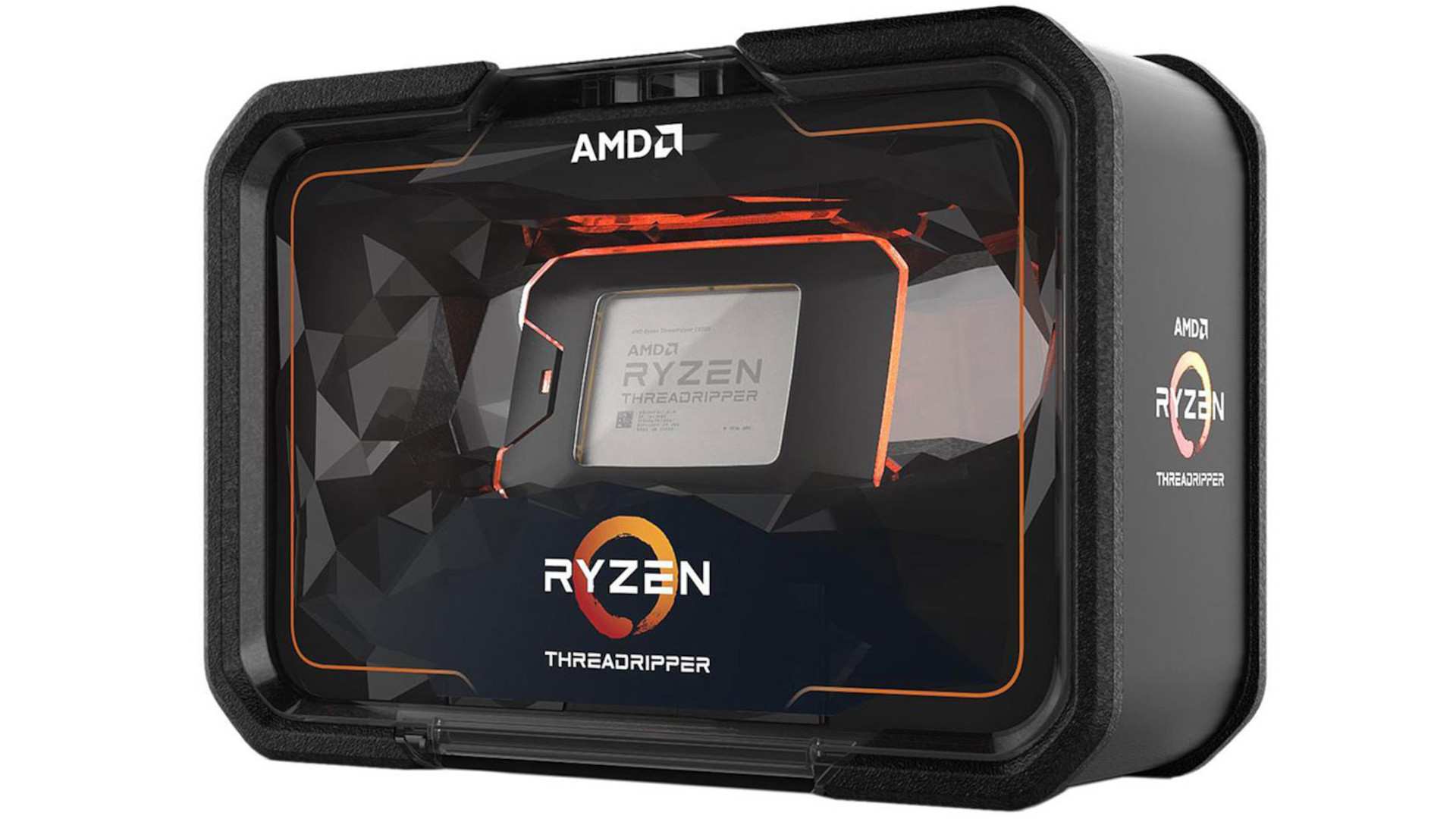
These new Threadripper components, like the 2nd Gen Ryzen 5 and Ryzen 7 models, have lower cache and DRAM latency as well as support for somewhat faster memory. They are therefore built using GlobalFoundries’ 12PL process and the Zen+ design.
The AMD Ryzen TR 2950X has the same configuration as the 1950X, which entails that it has two active Zeppelin dies with a total of 32 PCIe gen 3 lanes, two memory channels, and 8 cores on each. The Infinity Fabric throughput between these dies when using DDR4-3200 memory is around 50 GBps.
The AMD Ryzen TR 2950X can be constructed in one of two ways, just as the 1950X. The processor functions as a single unit when using UMA (Uniform Memory Access), or what AMD refers to as “distributed” mode in their Ryzen Master software. This evenly distributes threads and DRAM transactions across the entire chip to maximize bandwidth but also increases latency, which isn’t ideal for tasks like gaming.
In the Ryzen Master software, NUMA (Non-Uniform Memory Access), also known as “local mode” by AMD, can therefore be enabled. They refer to this as a local operating mode because the processor is split into two domains and tries to match active cores with local DRAM instead of accessing memory via a controller on a different chip, which imposes a significant latency cost.
All Threadripper 2000-series CPUs are backwards compatible with X399 motherboards that are already in use. Given the high prices on such platforms, that is wonderful news. While older Socket TR4-equipped motherboards may struggle to handle the 250W Threadripper 2990WX and 2970WX from AMD’s power needs, especially if you attempt to overclock, the same motherboards were made to support (and overclock) the earlier Threadripper 1950X flagship. Thus, the 2950X’s Precision Boost Overdrive capabilities at higher frequencies should be mostly usable on existing X399 platforms when they are required.
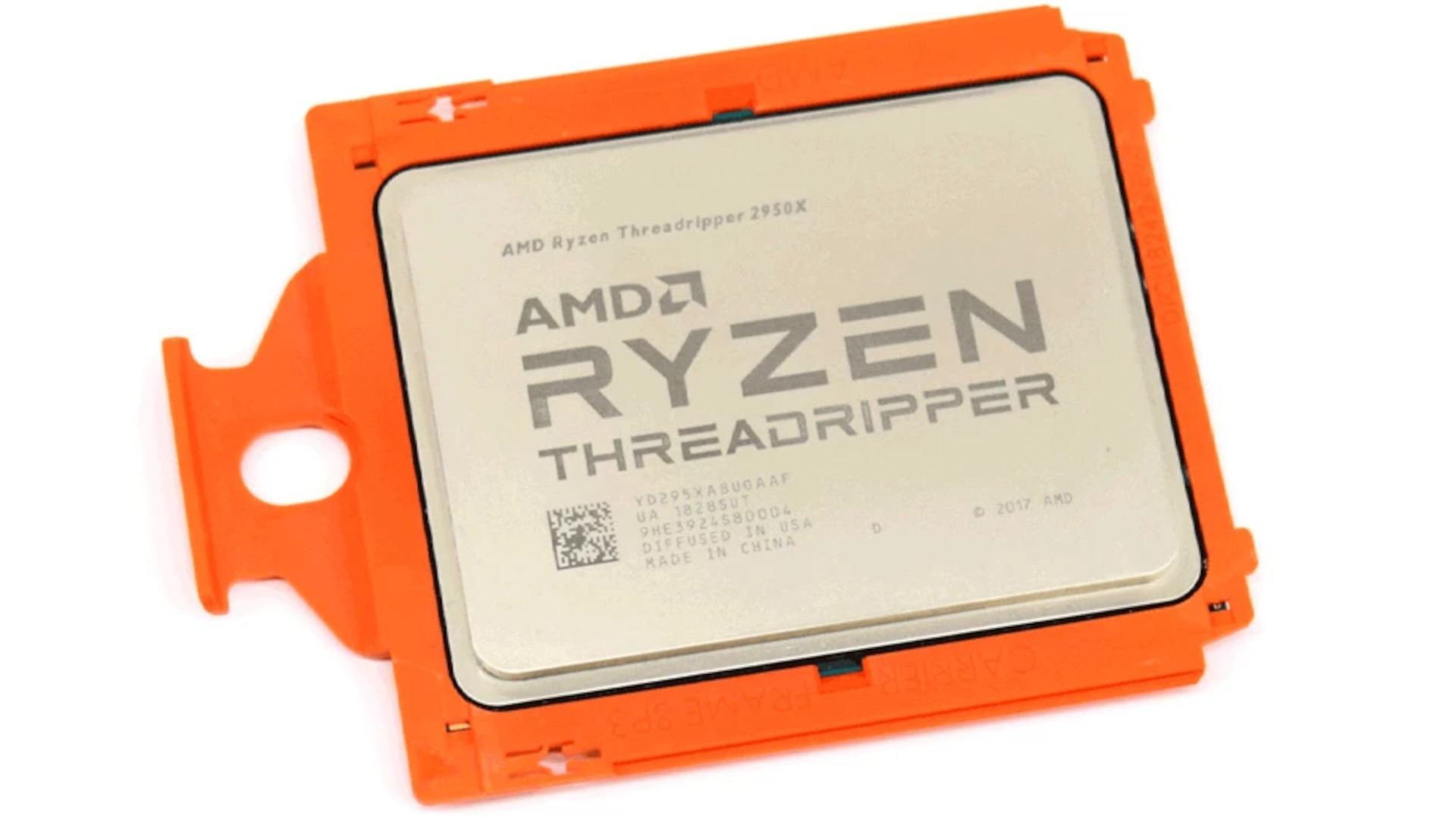
All Threadripper CPUs from AMD come with an Asetek mount that, when used with specific closed-loop liquid cooling, partially covers the enormous heat spreader. AMD claims that this limited coverage is suitable for stock operation. We discovered that full-coverage coolers perform better, nevertheless. Additionally, AMD and Cooler Master worked together to create the Wraith Ripper heat sink and fan set for the Socket TR4 interface. However, it is offered separately.
As usual, AMD improves thermal transfer by using Indium solder between its dies and heat spreader. On the other hand, Intel uses thermal grease on its most advanced processors. Liquid cooling is also advised by Intel for their Skylake-X processors. That is not required for Threadripper, according to AMD.
AMD Ryzen TR 2950X Specs
| Platform | Boxed Processor |
| # of CPU Cores | 16 |
| Base Clock | 3.5GHz |
| L3 Cache | 32MB |
| Unlocked for Overclocking | Yes |
| Max. Operating Temperature (Tjmax) | 68°C |
| Product Family | AMD Ryzen™ Processors |
| # of Threads | 32 |
| L1 Cache | 1.5MB |
| Default TDP | 180W |
| CPU Socket | sTR4 |
| Launch Date | 8/31/2018 |
| Product Line | AMD Ryzen™ Threadripper™ Processors |
| Max. Boost Clock | Up to 4.4GHz |
| L2 Cache | 8MB |
| Processor Technology for CPU Cores | 12nm |
| Thermal Solution (PIB) | Not included |
| *OS Support | Windows 10 – 64-Bit EditionRHEL x86 64-BitUbuntu x86 64-Bit*Operating System (OS) support will vary by manufacturer. |
AMD Ryzen TR 2950X Performance & Tests
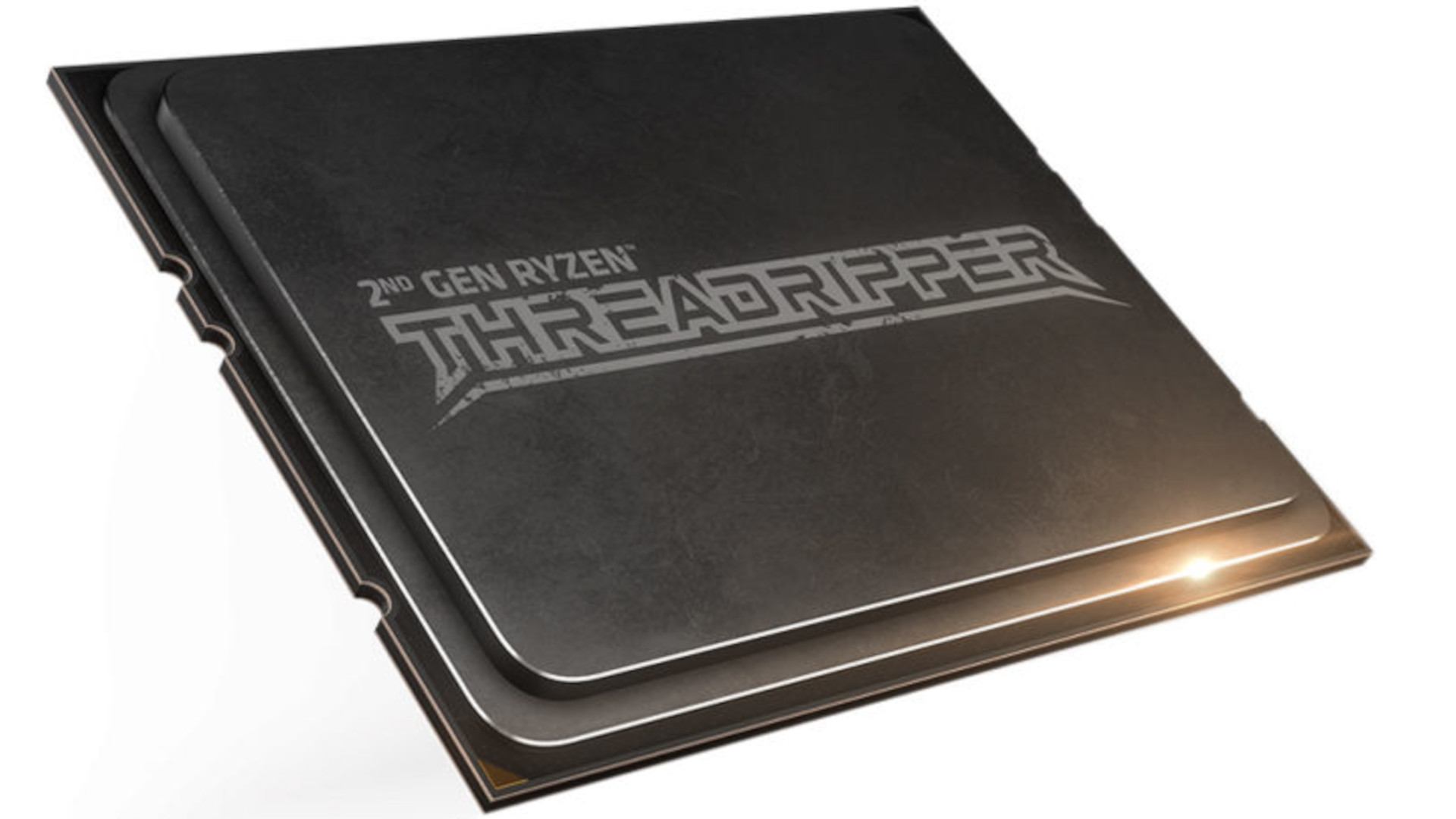
Due to its 16 cores, we anticipated the Ryzen Threadripper 2950X to have exceptional multithreaded performance, and benchmark results support our expectations. Even the 10-core Intel Core i9-7900X is outperformed by the 2950X, which is a substantial improvement over the Threadripper 1950X.
The 2950X scores better than the Core i9-7900X in the Cinebench R15 multithread benchmark despite being comparably priced, thanks to its higher core count. Practically speaking, the 2950X outperforms the Core i9-7900X in multithreaded workloads by roughly 45%.
The AMD Ryzen TR 2950X, regrettably, struggles with single-core performance. Our test APU is 10% slower than the Core i9-7900X and on par with the Ryzen 7 2700X. AMD presents a comparable comparison table in their product briefing, so AMD does not hide this flaw either. Their comparative tables are presented above. Our tests supported these results.
In general, single core performance is better for gaming than core count, and here is where the new Zen+ architecture comes in. Different cache latency adjustments and higher turbo performance have considerably enhanced overall performance.
Unfortunately, because most games can only utilize a maximum of four or eight cores, we are unable to make an objective assessment of the 2950X’s gaming performance. In their Ryzen Master Utility, AMD has included a game mode option that uses only eight of the 16 cores to combat this. In games, this typically results in an 8% performance improvement. For our benchmarks, we used the default settings on our test APU.
Overall, when used with an AMD Radeon RX Vega 64, the 2950X provides good gaming performance. But performance is slowed down by the Vega 64, especially at high resolutions like 4K. In our benchmarks, the 2950X is just 9% slower than the Ryzen 7 2700X since games cannot yet utilize the 16 cores of the 2950X.
Although AMD categorizes the X series as gaming APUs, they also support 3D rendering and streaming simultaneously. The 2950X is therefore perfect for gamers who also use streaming services like Twitch on the side. In this aspect, the 2950X is just unsurpassed.
AMD Ryzen TR 2950X Final Thoughts
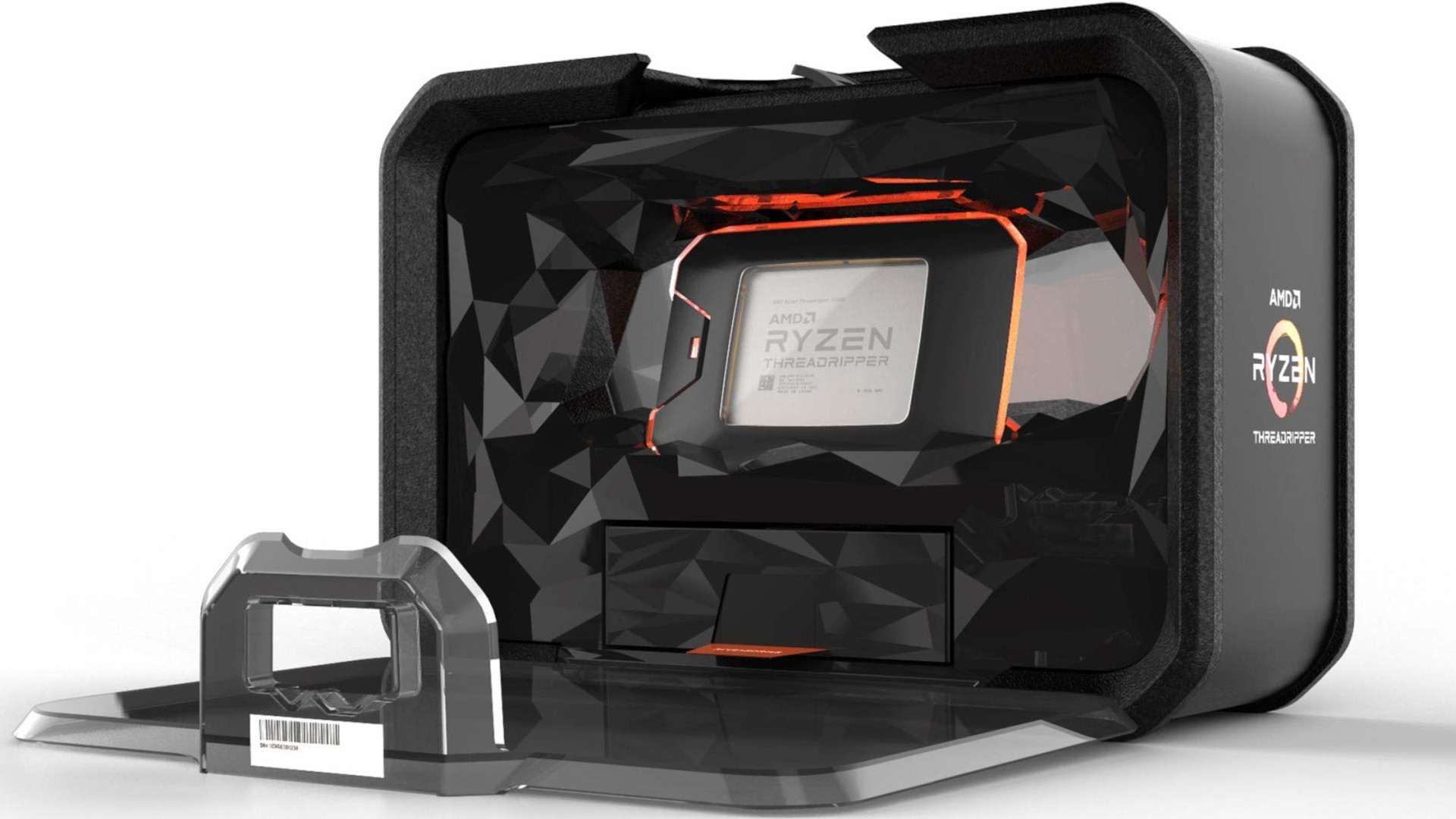
Although we still advise the standard Ryzen 7 2700X or Core i7-8700K for gaming, it is obvious that Threadripper can outperform them in productivity-focused applications. Although Intel’s Skylake-X processors are still incredibly fast, you must spend a premium to purchase one.
Although we wouldn’t suggest an immediate upgrade from the 1950X, the Threadripper 2950X offers significantly more performance at a lower price than the first-gen Threadripper did at launch. AMD’s Ryzen Threadripper 2950X does not let you down if you’re trying to replace an outdated CPU with this balanced chip.
Is AMD Ryzen TR 2950X worth it?
With 16 cores and 32 threads, the AMD Ryzen TR 2950X is a top-tier desktop CPU with a 3.5 GHz base clock speed and a 4.4 GHz boost. It supports overclocking, 64 PCI Express lanes, quad-channel DDR4 memory, and is based on the 12nm Zen+ architecture. It works with both the X399 chipset and the TR4 socket.
Whether the AMD Ryzen TR 2950X is worth it or not depends on your needs and money. The TR 2950X is a great option that offers outstanding performance and value if you’re searching for a strong CPU that can handle demanding jobs like video editing, software development, content production, gaming, and streaming. It has received positive reviews from many sources, such as Tom’s Hardware, PCMag, and TechPowerUp, and has won the Editor’s Choice award from the first two.
However, you could be better off with a less expensive or more optimized CPU if you don’t intend to use all of the cores and threads that the AMD Ryzen TR 2950X offers, or if your primary use case is 1080p gaming. For instance, the 1950X and 1920X models from the original Threadripper generation are still in stock and offer comparable performance in some situations at a cheaper cost.
A Ryzen 7 or Ryzen 9 CPU, on the other hand, has fewer cores but higher clock speeds and performs better in games. Another option is to hold off until Intel releases its updated Core X-Series CPUs, which could provide the TR 2950X with greater competition.
In the end, those who want a lot of processing power and can afford the higher price point may consider the AMD Ryzen TR 2950X as an excellent CPU for enthusiasts and professionals. It is not the greatest CPU for everyone, so before you purchase it, think about your needs and preferences.
Is AMD Ryzen TR 2950X good for gaming?
While not the finest, the AMD Ryzen TR 2950X is a decent CPU for gaming. Its 16 cores and 32 threads are more than sufficient for the majority of games; nevertheless, its 3.5 GHz base clock speed and 70.7 ns memory latency are quite low.
These elements may reduce its performance in certain games where memory access and single-core speed are more important features. Additionally, the X399 chipset and the TR4 socket, which are more costly and offer fewer options than the popular AM4 platform, are compatible with the TR 2950X.
The AMD Ryzen TR 2950X can run most games at high settings and resolutions, according to some gaming benchmarks, but it is frequently beaten by other CPUs with fewer cores but faster clock rates and lower latency, including the Ryzen 9 3950X, Ryzen 7 5800X, or Intel Core i9-10900K. Additionally, compared to these CPUs, the AMD Ryzen TR 2950X produces more heat and uses more power, which may have an impact on its ability to overclock and cooling needs.
Because of this, the AMD Ryzen TR 2950X is a fantastic CPU for gaming if you also require a lot of cores and threads for multitasking, streaming, or creating content. On the other hand, you might be better suited with a less expensive or more tuned CPU that can provide comparable or superior gaming performance if gaming is your primary focus.
Can you overclock AMD Ryzen TR 2950X?
The AMD Ryzen TR 2950X processor can be overclocked in order to perform better than it does at stock settings. Overclocking does, however, come with some risk and caution because it can alter your system’s temperature, power consumption, and stability. In addition, a sturdy power supply, an appropriate cooling system, and a compatible motherboard are required.
Precision Boost Overdrive (PBO) and manual overclocking are the two primary ways to overclock the AMD Ryzen TR 2950X. Using a software tool like Ryzen Master or modifying the CPU’s core voltage and base clock multiplier in the BIOS are two methods of manually overclocking a CPU. PBO is a function that, based on your system’s workload, temperature, and power supply, enables the CPU to boost longer and higher than the normal limitations. PBO can be enabled via Ryzen Master or the BIOS.
Some sources claim that manual overclocking can produce a core voltage of 1.375 V to 1.45 V and a consistent all-core frequency of approximately 4.1 GHz to 4.2 GHz. This might not be the ideal method of overclocking the TR 2950X, though, as it might greatly increase heat output and power consumption.
Moreover, it might not enhance performance in some situations where higher single- or low-core speeds are advantageous. On the other hand, because PBO respects the voltage/frequency curve and dynamically modifies the clock speed in response to demand, it can offer a more balanced and effective overclocking experience. PBO can also increase memory bandwidth and speed, which can enhance performance in specific applications.
Therefore, unless you have an excellent cooling system and a high-end motherboard that can manage the higher power and heat, you should think about using PBO rather than manual overclocking if you want to overclock the AMD Ryzen TR 2950X.
Along with testing the system’s stability, voltage, and temperature, you should also use a variety of benchmarks and programs to measure any performance improvements. Proceed at your own risk; overclocking is not guaranteed to work on every system and may violate your warranty.
What temperature should an AMD Ryzen TR 2950X run at?
A high-end desktop processor with a maximum operating temperature (Tjmax) of 68°C is the AMD Ryzen TR 2950X. In order to avoid overheating and damage, the CPU will begin to restrict its performance if it reaches or surpasses this temperature. As a result, you should try to maintain the CPU temperature below this threshold, ideally between 50°C and 60°C when it is under load and between 30°C and 40°C when it is idle.
How much power does AMD Ryzen TR 2950X draw?
With a thermal design power (TDP) of 180 W, the AMD Ryzen TR 2950X is a 16-core processor that can consume up to 180 W of power while operating under average conditions. On the other hand, the motherboard, cooling system, workload, and overclocking settings can all affect the CPU’s real power consumption.
AMD Ryzen TR 2950X
-
Performance - 99%99%
-
Price - 97%97%
-
Value - 98%98%

